Photo sessions will be held Monday November 18th – Friday November 22 10am – 1pm 2pm – 6pm Detroit Fire
On April 27, 1933, Detroit Firefighters stood in line at the city’s script headquarters to exchange “unlucky” $2 city script
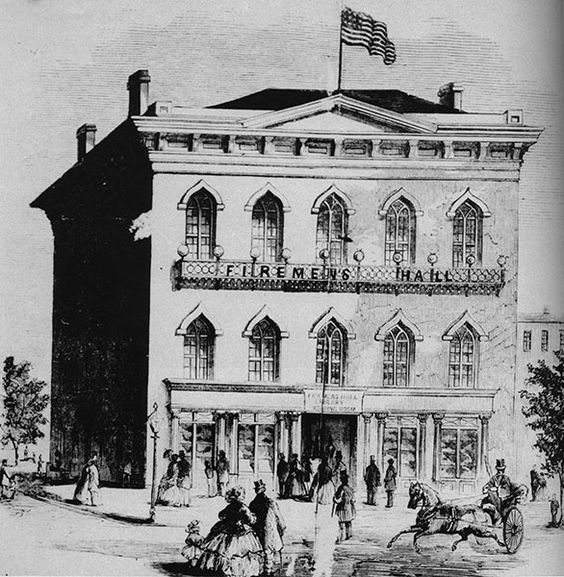
During the early days of the civil war, an elaborate flag raising ceremony took place at Detroit’s Firemen’s Hall. The event even included a live eagle.
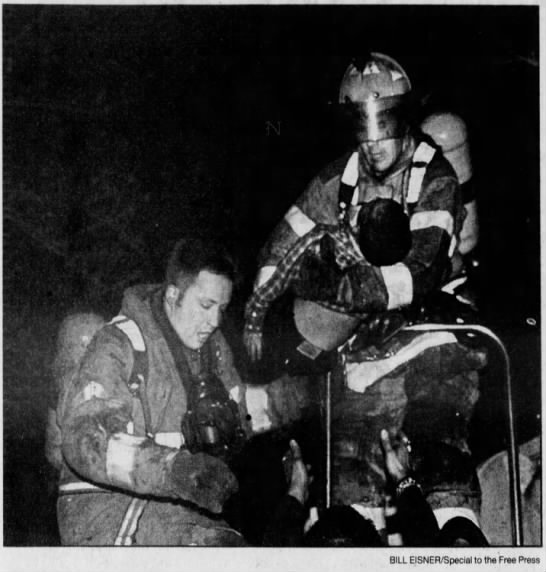
March 29, 2000 – Detroit Firefighters made a dramatic rescue of a 4 year old child from a house fire on Seyburn Street.
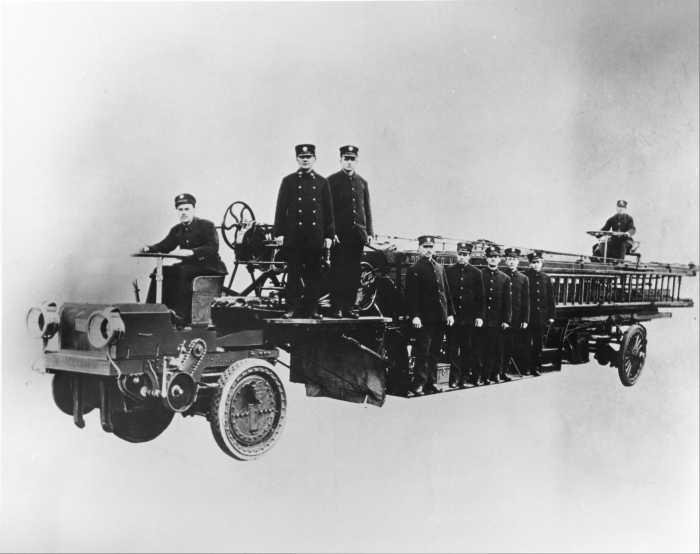
On February 21, 1913, a representative of the Front Driver Motor Company was in Detroit overseeing the delivery of a
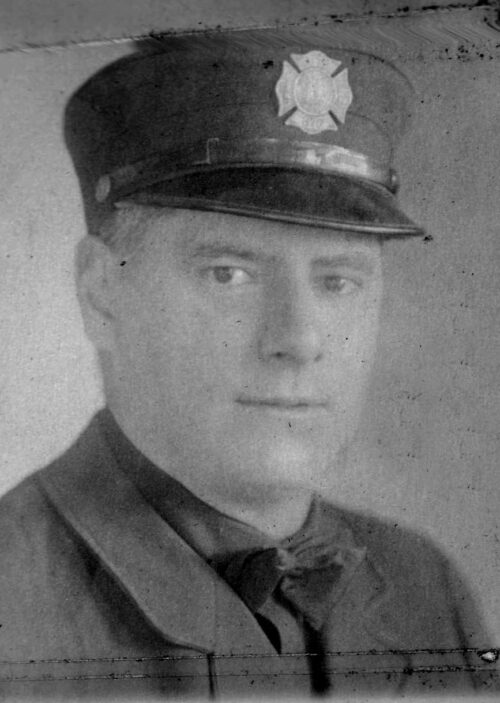
Early the morning of October 24, 1919, Detroit Firefighter Felix Straub suffered severe smoke inhalation and was thought to be dying as the results of his efforts in fighting a fire in a 3 story building on Woodward Avenue.
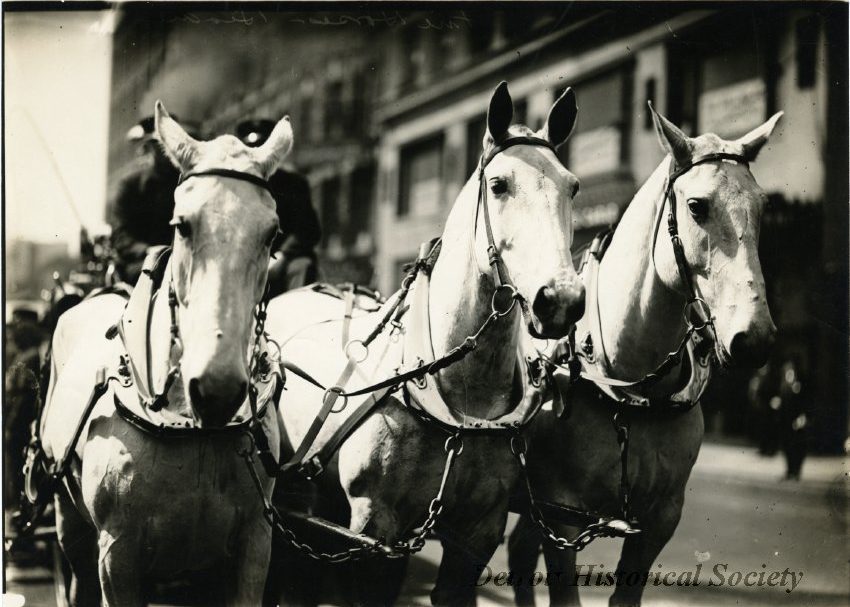
On this day, February 25, 1923. After being retired for nearly a year Detroit’s fire horses pressed into service to
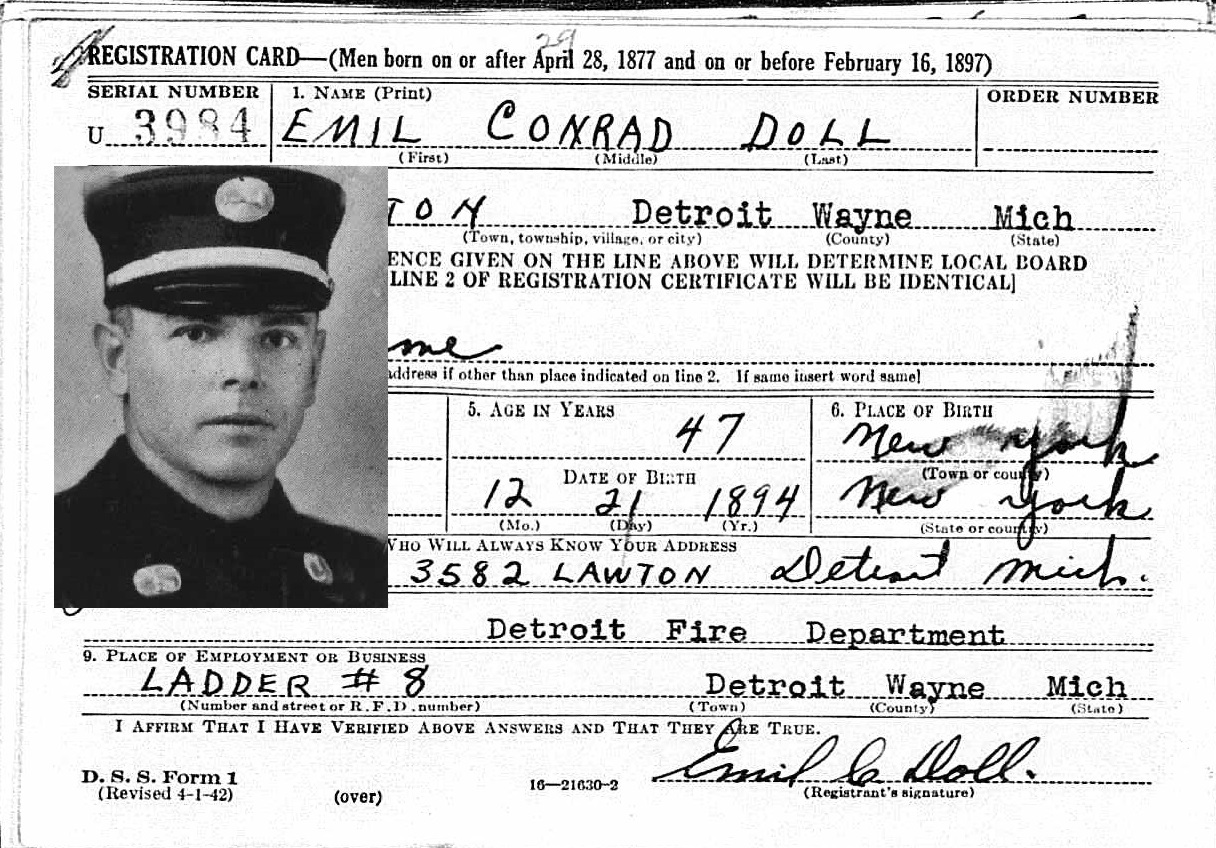
On This Day, February 13, 1942, more than 500 firemen participated in an early registered for the draft at Fire
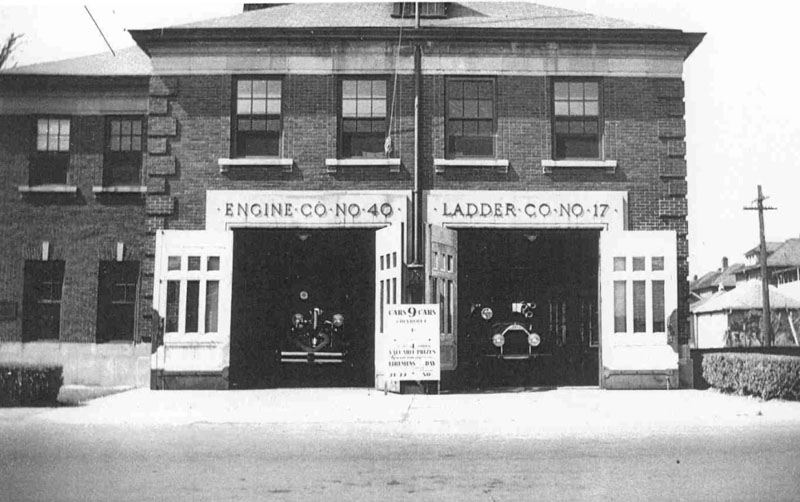
On this day, February 4, 1945 the crews stationed at Engine 40’s quarters at Twelfth and Labelle had a rude
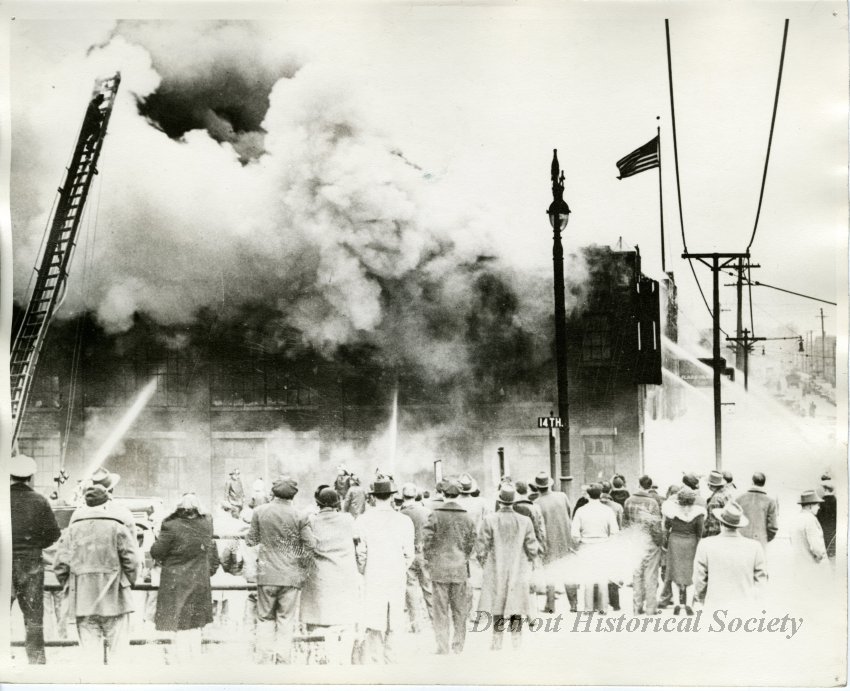
At 2:30 pm on December 5, 1944 Detroit Firefighter responded to a call from Box 246. Fire was raging in